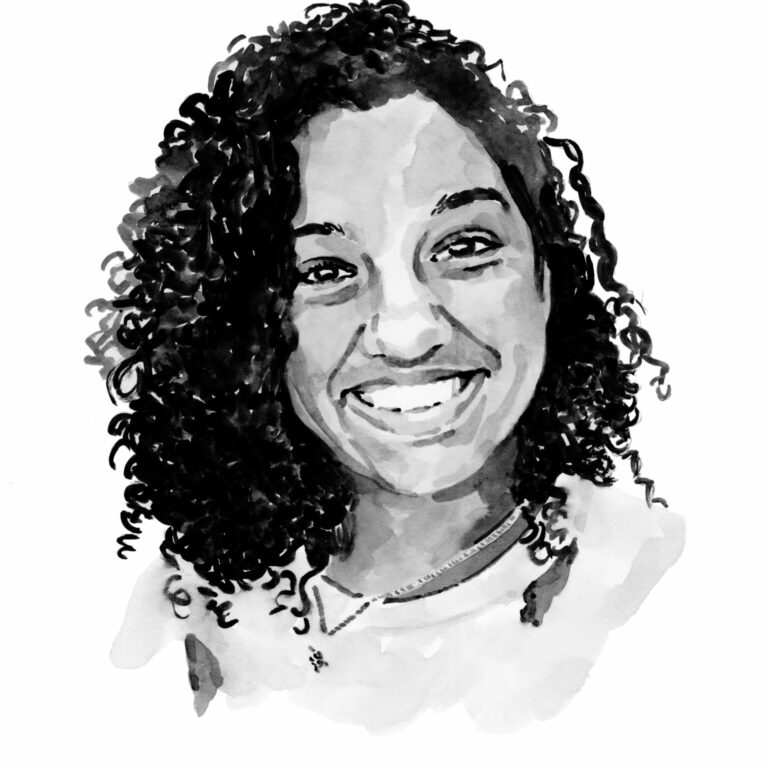Priya Didon

Who I am
Having been born and raised in the Seychelles, I consider myself a proud Seychelloise never ceasing to be amazed by my country’s beauty. From the lush green vegetation, to the crystal clear waters, I always find myself drawn to nature, drawn to its beauty and endless adventures. I view Seychelles as a gem, a gem that needs protecting from natural as well as anthropogenic threats. Growing up, I have participated in various environmental groups and projects including wild life club, eco school, mangrove restoration projects and science fairs at secondary level, just to name a few.
My interest in the marine environment however has been there for as long as I can remember, as I grew up within walking distance of the beach. I would watch as my grandfather would weave bamboo traps and accompany him whenever he would go to set the trap along the reef but never dared to actually go in what I considered to be deep waters at that time. I would remain on the rocks, looking for small edible shellfish on the rocks that I would later release or if I got enough to make soup with then I would take them home.
Daring to actually go into the deep came after completing my A-levels and having free time on my hands, I would go with my little brother and cousins canoeing, paddle boat trips and eventually snorkelling where I later decided to purchase my own snorkelling equipment. From then on my brother and I would be in the water often, for long hours and once even until after sundown where we encountered a hawksbill turtle resting, along with eagle rays, porcupine rays, feather tail rays better known as cowtail stingrays, lobsters and various species of fish. I think of the ocean as an escape and a safe space to relax and release the stresses that comes with being a student. The university has a snorkelling club that most environmental science students such as myself look forward to every Friday.
Where I work
Presently I am an active volunteer and core team member of Parley for the Oceans Seychelles, an NGO that has been active for approximately four years now and I try my best to participate in each and every clean up held across Mahe and the inner islands. This is my way of contributing towards the protection of the environment, especially the marine environment, through the use of Parley’s AIR strategy which stands for Avoid, Intercept and Redesign. I try as much as possible to avoid using plastics and be actively involved the intercepting part where the beach clean ups come in, preventing more plastics from going into our oceans.
I am also a third year student at the University of Seychelles pursuing a Bachelors’ Degree in Environmental Science with the goal of becoming a conservationist. I want to be able to work hands on in the field and actively making a difference, no matter if it is big or small, as long as it is positively impacting the environment.
What I do
Finding the best monitoring technique is vital for understanding and monitoring manta rays and my research centres around this particular topic. Comparisons between the use of drones and diver operated stereo-video systems (Stereo-DOVs) as well as the data captured from each of the techniques will form the bulk of the project. Footage captured during monitoring will be analysed through specific software’s, measuring body dimensions of reef manta rays. Given the value of morphometric measurement, this research should provide important insights into species biology.
